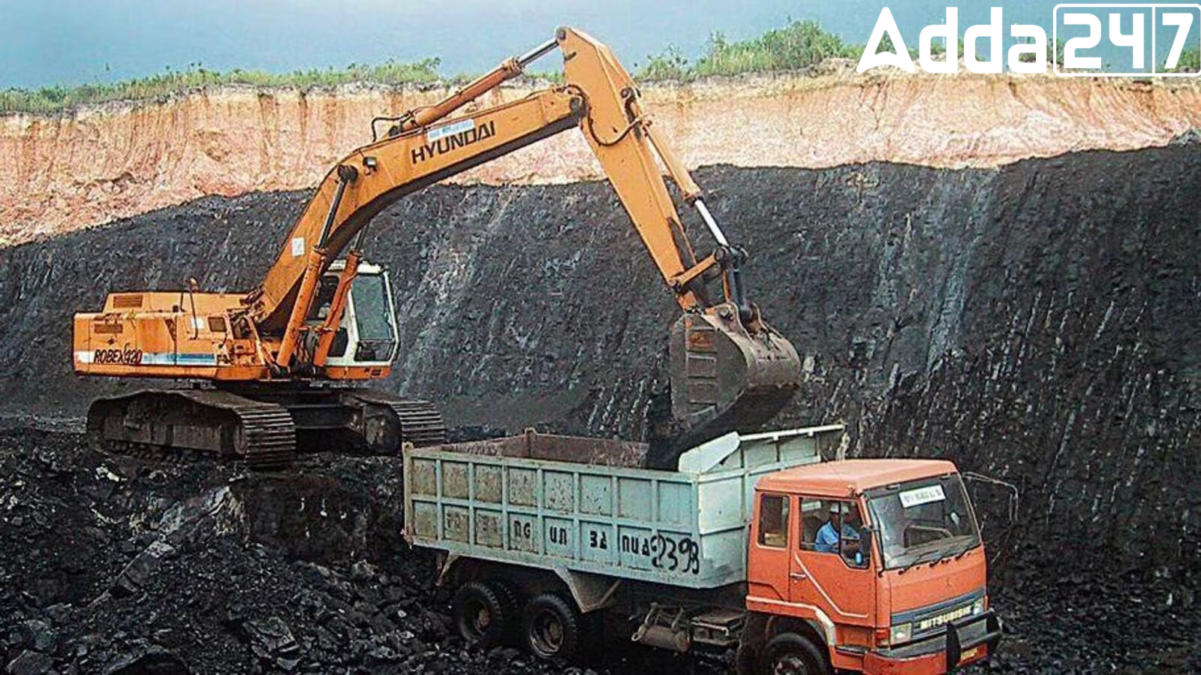The Union Cabinet, on January 24, 2024, gave the green light to a groundbreaking Viability Gap Funding (VGF) scheme, allocating Rs 8,500 crores for Coal Gasification Projects. This strategic move is a pivotal step towards realizing the government’s ambitious mission to gasify 100 million tonnes of coal by 2030. The initiative is set to revolutionize the energy sector, particularly with the active involvement of major players like Coal India, GAIL (India), and BHEL.
Viability Gap Funding Framework
The VGF scheme is designed with precision, dividing the funding into three categories. Government-owned companies, spearheading three key projects, are set to receive a substantial grant of Rs 4,050 crores. Simultaneously, bids will be invited from both public and private entities for the second segment, with a significant Rs 3,850 crores in VGF. The remaining Rs 600 crores are earmarked for small-scale plants and ‘demonstration projects.’ Crucially, each project in every category is eligible for a VGF benefit capped at 15 percent of its capital cost.
Coal Gasification: A Cleaner Alternative
In the realm of coal gasification, where coal transforms into synthesis gas (syngas), lies the potential to mitigate environmental impact. This thermo-chemical process facilitates the production of various chemical constituents such as synthetic natural gas, dimethyl ether, ammonium nitrate, and methanol. The versatility of these products makes coal gasification a cleaner alternative to traditional fuel combustion.
Key Players and Joint Ventures
The Cabinet’s approval extends beyond mere funding. Coal India, GAIL (India), and BHEL are set to play pivotal roles in the coal-to-chemical landscape. Joint ventures between Coal India and GAIL (India) will focus on a coal-to-synthetic natural gas project, with a total project cost of Rs 13,052 crores. Simultaneously, the collaboration between Coal India and BHEL will center on a coal-to-ammonium nitrate project, with an investment of Rs 11,782 crores. Both projects come with a variation of 25 percent in costs, showcasing the government’s commitment to diversify and innovate in the energy sector.
India’s Energy Independence
Coal gasification emerges as a game-changer, with the potential to reduce India’s coal import bill significantly. The technology holds the key to substituting imports worth Rs 1.3 lakh crores, offering products like methanol for petrol blending, Di-Methyl Ether (DME) for LPG blending, ammonia for urea manufacturing, ammonium nitrate, and contributing to steel-making by replacing imported coking coal in blast furnaces while producing Synthetic Natural Gas (SNG).
Important Questions Related to Exams
1. What is the primary objective of the Viability Gap Funding (VGF) scheme approved by the Union Cabinet on January 24, 2024?
2. Which government-owned company is involved in a joint venture with GAIL (India) for a coal-to-synthetic natural gas project?
3. What is the maximum percentage of capital cost that a project can receive as a benefit under the VGF scheme?
Kindly share your responses in the comment section!!



 Airbus and Tata to Debut India’s First...
Airbus and Tata to Debut India’s First...
 RBI Forms Panel to Review Fee Structure ...
RBI Forms Panel to Review Fee Structure ...
 NFDC and Netflix India Collaborate to Tr...
NFDC and Netflix India Collaborate to Tr...
